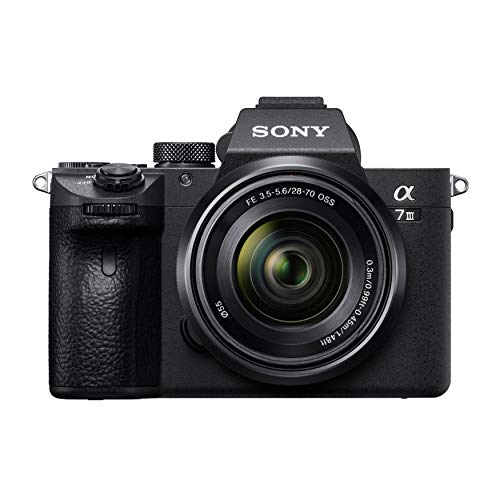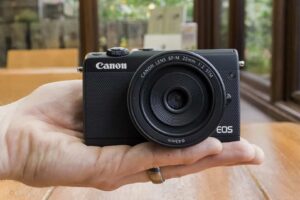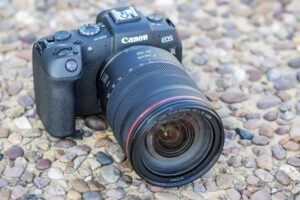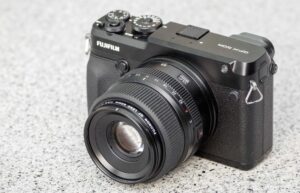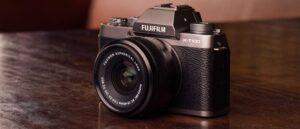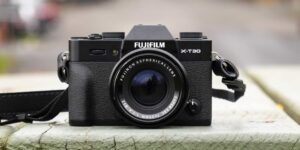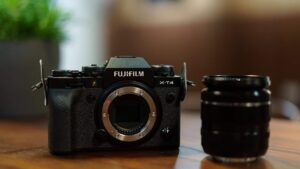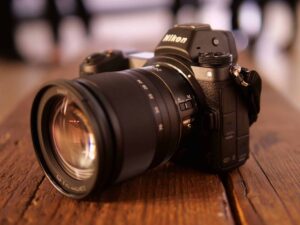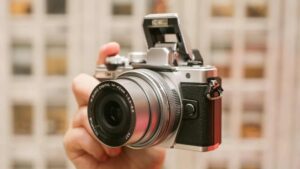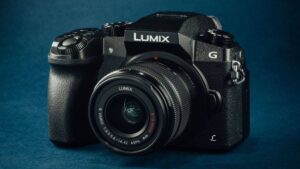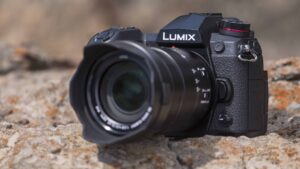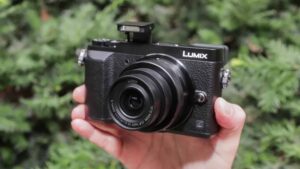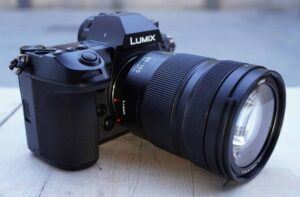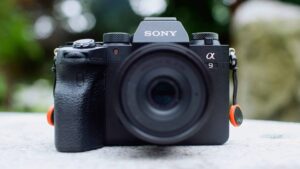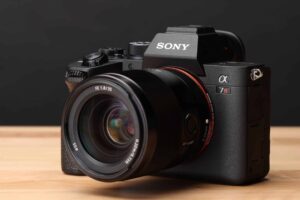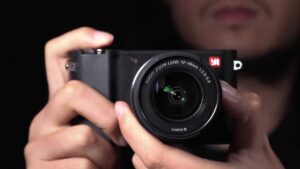The Sony A7 III is a fantastic mirrorless camera able to give any other camera, high-and low-end alike, a massive run for its money. This Sony mirrorless camera bulldozes into the scene with impressive performance, quality design, and is worth every dollar you spend on it. It is the best mirrorless camera, and it wins that award by a large margin.
Why We Like It – Sony A7 III
The Canon EOS m100 is a solid performer, to be sure, but it has got nothing on the Sony A7 III. Even though its bottom-of-the-barrell for full-frame mirrorless cameras by Sony standards, the A7 series is channelling its inner David and slaying Goliaths like the Mark II. Sony’s new camera is a masterclass in performance, design, and how to make a mirrorless camera work for everybody. You might also be interested in knowing Panasonic’s first full frame mirrorless camera by clicking the Panasonic Lumix S1R review.
- 4K Shooting Mode
- Quick Focus Area Detection
- Quality Photos Even at High ISO
- Electronic Viewfinder Subject to Tearing
- Only One Card Slot Supports UHS-II Cards
Performance
The Sony A7 III sports an advanced autofocus system, 24.2MP full frame back-illuminated CMOS sensor, 10 frames per second continuous shooting, and 15-stop dynamic range with 14-bit raw files. If you require silent shooting, the Sony A7 offers an electronic shutter that doesn’t sacrifice image quality. The Sony camera also offers 5-axis, 5-stop image stabilization that works like a dream on low shutter speeds. The electronic viewfinder is large and bright, but is subject to tearing if you move the camera too quickly from side to side. When shooting video the full-frame sensor is used to produce gorgeous 4K video, like the Panasonic Lumix G7, and the image sensor produces stunning full-frame images akin to the higher-end A9. Read the Sony a9 review to learn about the world’s first blackout-free continuous shooting camera.
Design
Similar to the A7R III, the A7 III’s joystick improves the camera handling and makes AF points selection quicker. Sony also imbued the new A7 with the same AF system as their higher end Sony Alpha series camera, the A9, and Sony’s latest Eye AF focus mode. The camera body feels a little thicker than its predecessor, the A7 II, but includes a refined grip which makes it satisfying to hold. The Olympus OM-D E-M10 Mark II is lighter and is the most portable mirrorless camera right now if that’s your deciding factor, The Sony A7 has two SD card slots, but only one supports faster UHS-II cards.
Value
There are many additional perks to Sony’s full-frame camera that are worthy of note. The 3” tilt-angle display is now touch sensitive, much better, and enables you to set the focus point. The 24.2MP sensor delivers excellent quality photos through a full ISO range and raw images shot at such a high ISO can be fixed in post-processing. The menu system is comprehensive and improved as per Sony’s goal with mirrorless cameras. It’s over $2,000 price tag may be average for Sony cameras but can be a daunting investment to some. The Nikon Z6 Camera is a little less expensive and you get access to Nikon’s impressive array of lenses.
Sony A7 III Wrap Up
As far as full-frame cameras go you’re not going to get much better than the A7 III Sony. Sony has taken the best features from other cameras, like the Sony A7R or the A9, and placed them in the A7III to provide an exceptional mirrorless camera. There are always going to be downsides with every product, but with this camera, those downsides are negligible.
